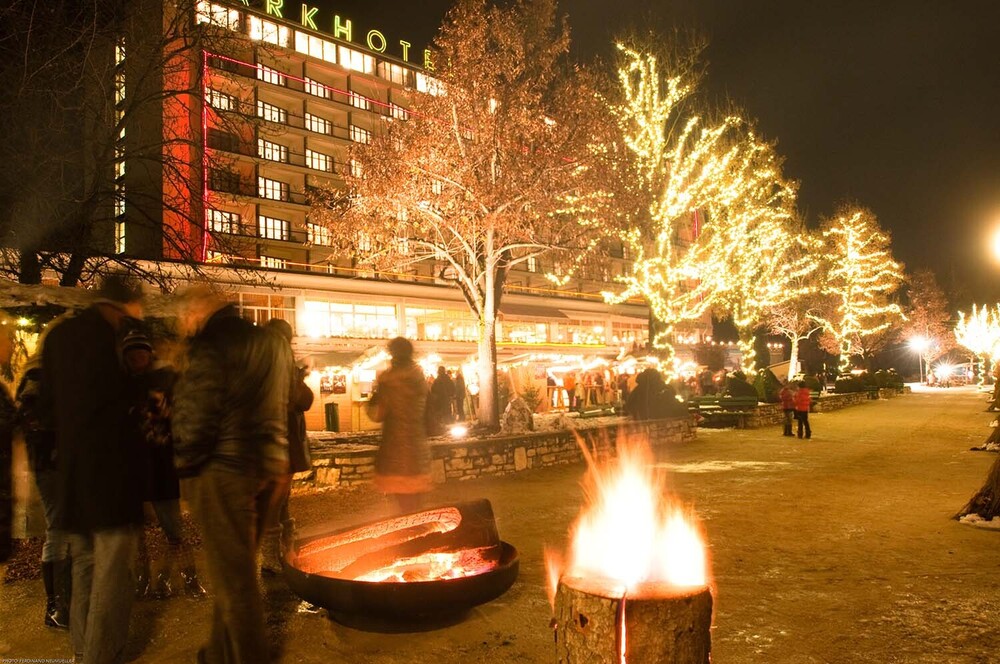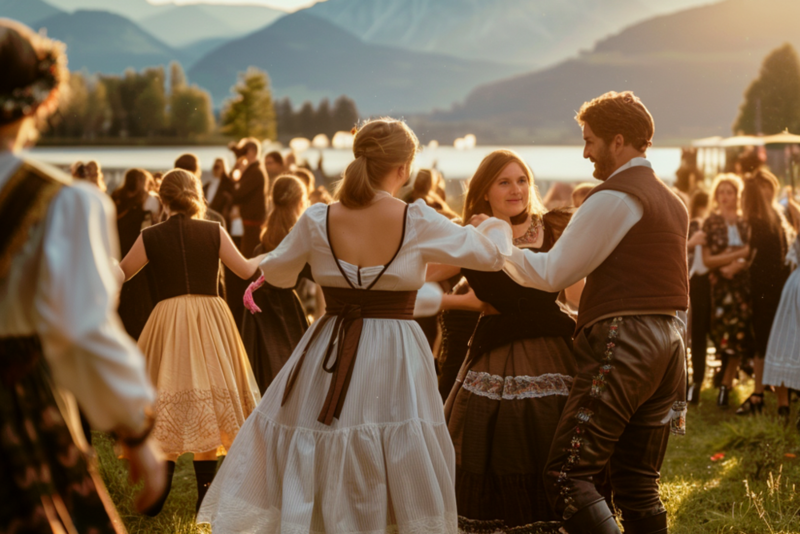EXPERIENCE
Carinthian traditions at the Parkhotel Pörtschach
Carinthian customs are rich in traditions and stories.


EXPERIENCE
Carinthian customs are rich in traditions and stories.
Dive into the fascinating world of Carinthian customs, characterized by centuries-old traditions, festivals and customs. Our hotel is not only a place to relax, but also a gateway to the unique and authentic experiences that make up the cultural diversity of this idyllic region.
St. Martin's Day 11th of November is the day on which St. Martin of Tours is commemorated. It is characterized by numerous customs in Central Europe, including the "Martiniganslessen" in Carinthia. The customs surrounding the "Martinigansl" have their origins in a formative event of St. Martin. It was once in the French city of Tours that the population and the clergy urged the humble Martin to be consecrated bishop.
In his modesty, Martin did not consider himself worthy of such an honorable office and hid in a small goose stall. The excited geese betrayed Martin's hiding place, which led to him being found and eventually consecrated. Or so the legend goes.
In the historical context, however, it is assumed that St. Martin's Day marked the end of the farming year. The harvest had been brought in, the cattle from the mountain pastures were in the barn and the fresh grapes had been pressed. 11th of November was also an interest day. On this day, taxes were due and workers' employment ended and the costs incurred were also paid in kind or in "geese".

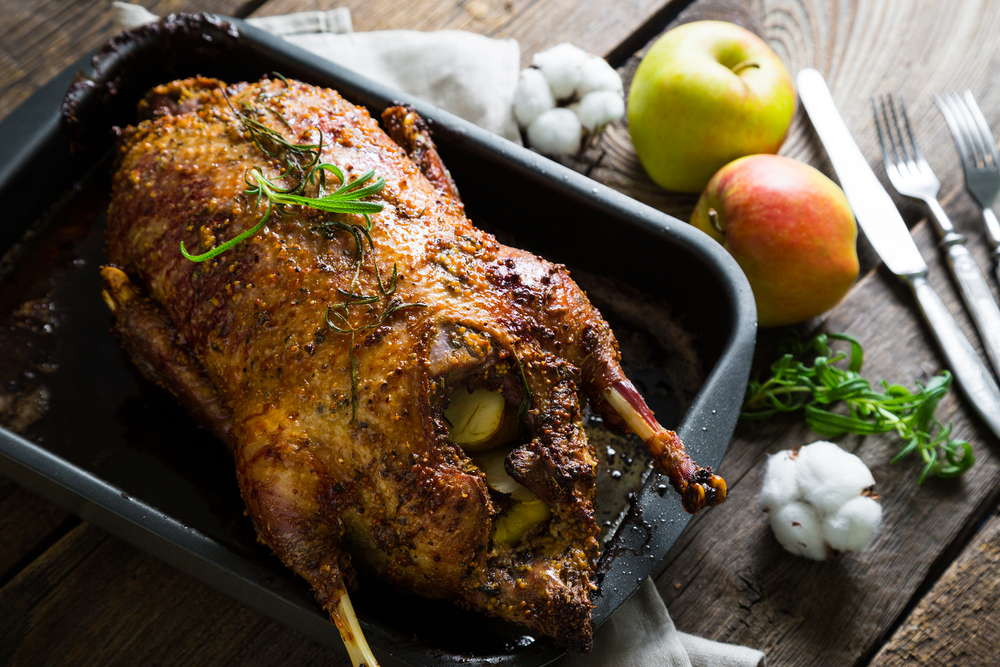

St. Nicholas of Myra is known as the patron saint of children and schoolchildren. His name day, 6th of December, is especially celebrated in Carinthia. On the eve of St. Nicholas Day, children place shoes, boots or plates in front of the door for St. Nicholas to fill with nuts, chocolate, mandarins and small gifts on his way through towns and villages. The saint reads out exactly how the children behaved the previous year from his golden book. Good children can look forward to the gifts mentioned, while St. Nicholas reprimands the naughty ones.
On his travels, St. Nicholas is always accompanied by his Krampuses. Equipped with pointed horns, rods or cow tails, the tamed devilish figures have a frightening effect on anyone who crosses their path. However, the Krampuses are by no means devilish, but, in keeping with tradition, want to bring out the good in people by punishing them.
The origins of this custom date back to the 13th century. On the name day of St. Nicholas, pupils in monastery schools elected a "children's bishop" who distributed presents to the good children and reprimanded the naughty ones. Around 200 years later, the Krampus was incorporated into the tradition as a "punishing figure", particularly in more rural areas. The word "Krampus" is derived from the Middle High German term "Kramp", which refers to the claws of the sinister journeyman.

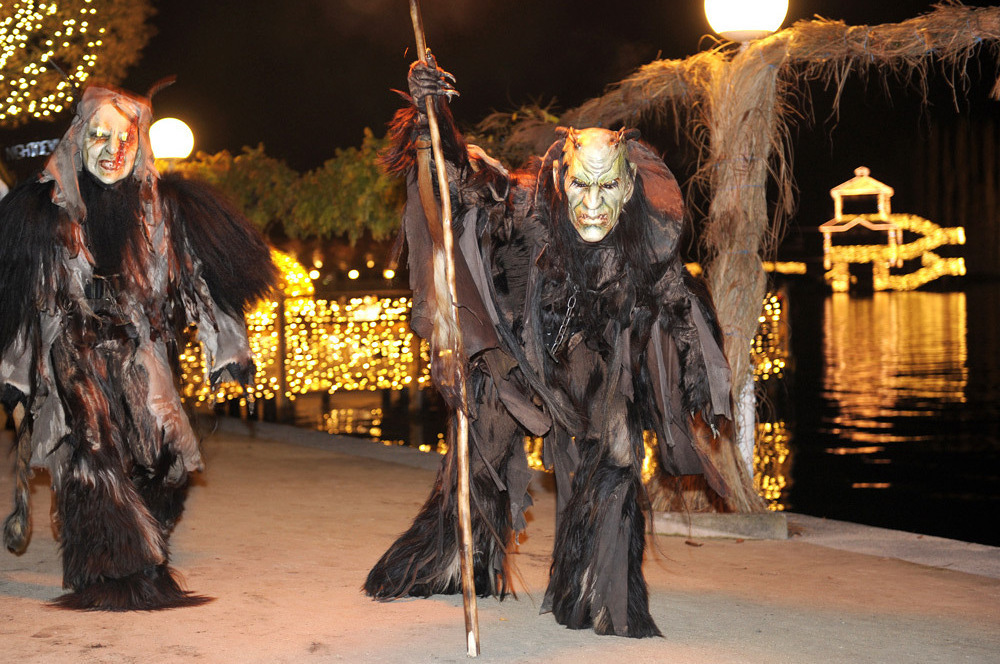
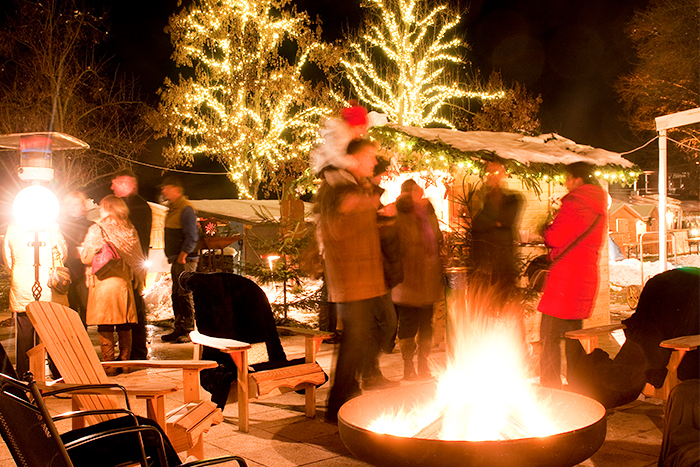
4th of December is the feast day of St. Barbara, who is venerated as the patron saint of firefighters and miners, among others.
According to legend, Barbara of Nicomedia was the daughter of a pagan merchant. She was baptized against her father's wishes and was then locked in a tower by him. On the way to her dungeon, a cherry branch got caught in her dress, which she later placed in a small jug. On the day of her execution, the cherry branch blossomed.
This is the origin of the custom of cutting cherry branches on St. Barbara's Day, which, placed in a vase in a warm place, are supposed to blossom at Christmas.
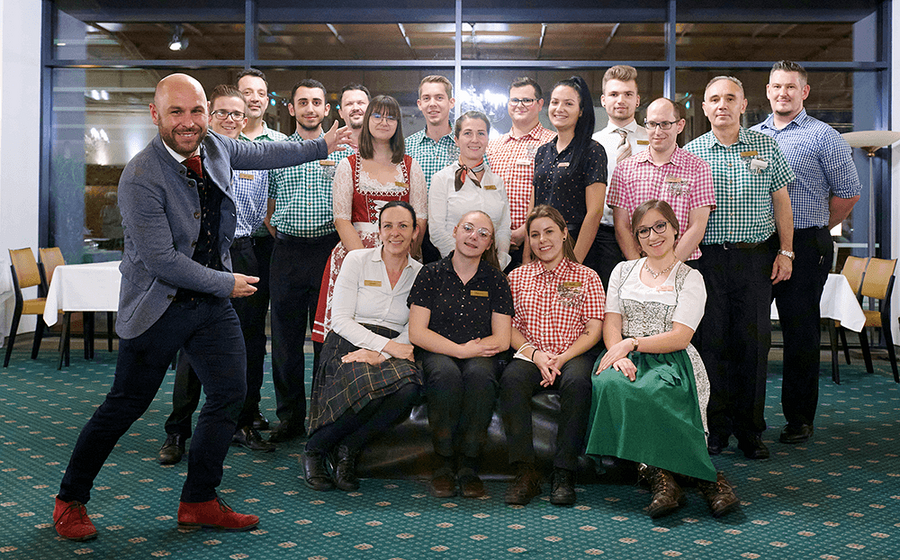
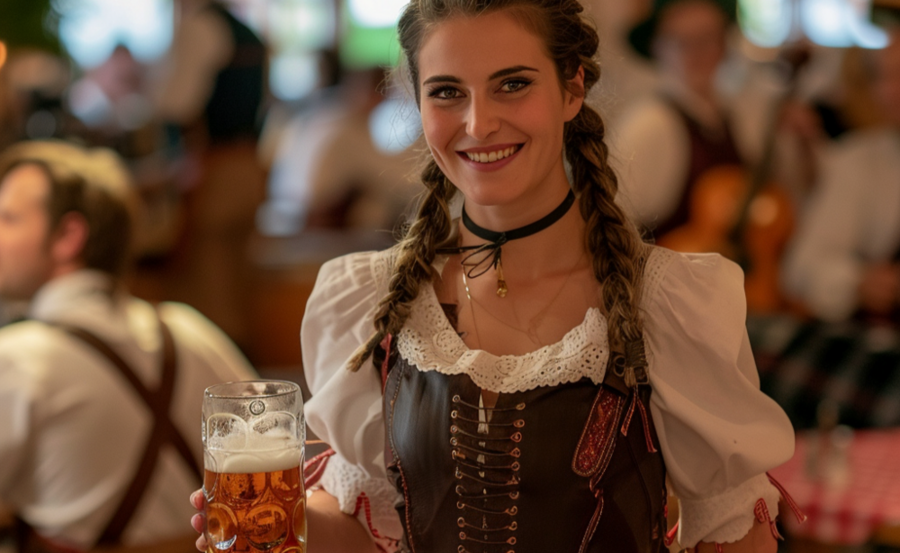

St. Catherine of Alexandria is commemorated on 25th of November. According to legend, she was a consecrated virgin who had promised herself to Christ. In a public debate, she confronted the then Roman Emperor Maximianus and his 50 best philosophers and tried to convert them to Christianity. With her convincing arguments, Catherine converted all 50 to Christianity, whereupon the emperor condemned them all to death at the stake. Today, St. Catherine is venerated as the patron saint of schools, philosophical faculties, seamstresses and tailors.
As Advent begins on this feast day, dancing and partying was once forbidden. On the last Saturday before 25th of November, the so-called "Kathrein dance" marks the end of the "traditional" dance season in terms of folk culture. This custom is also practiced in Carinthia. The saying "Kathrein stops the dance" has been handed down in the vernacular.
